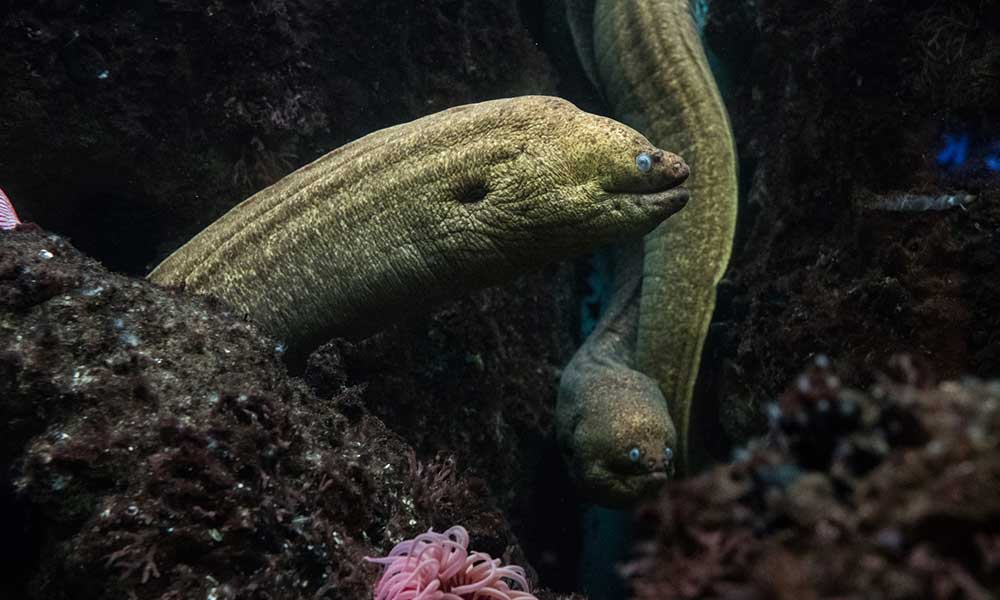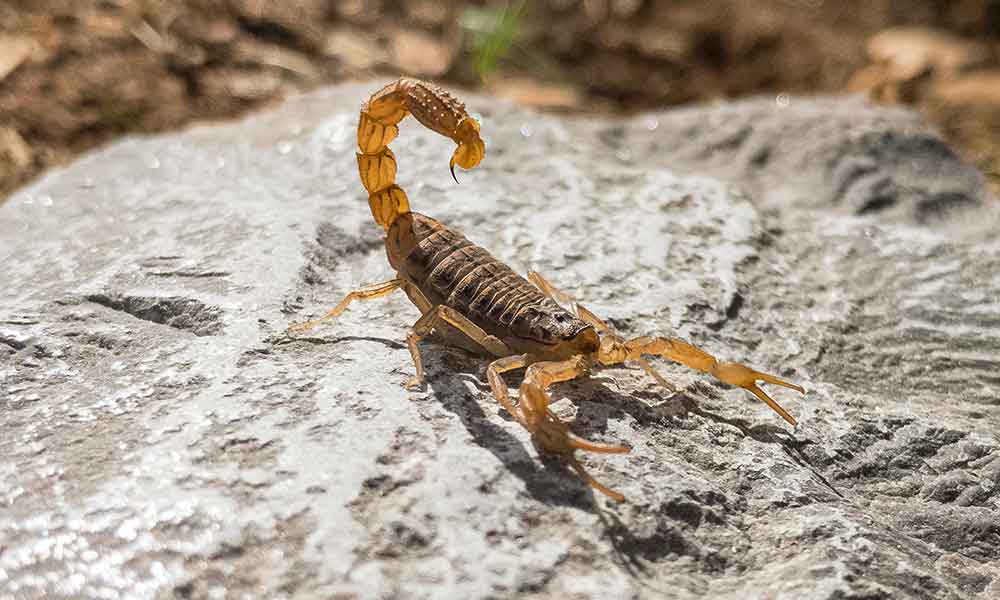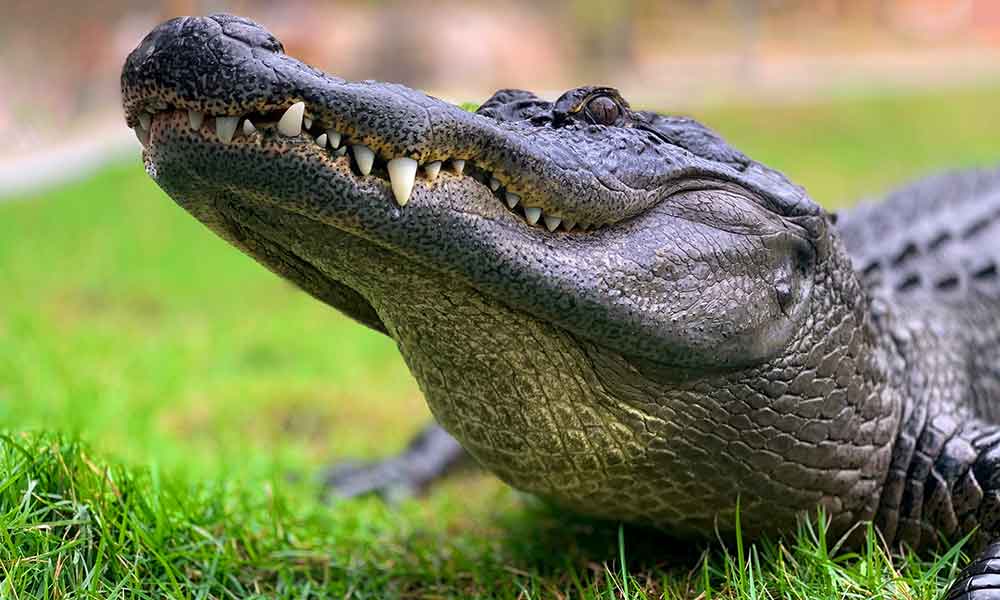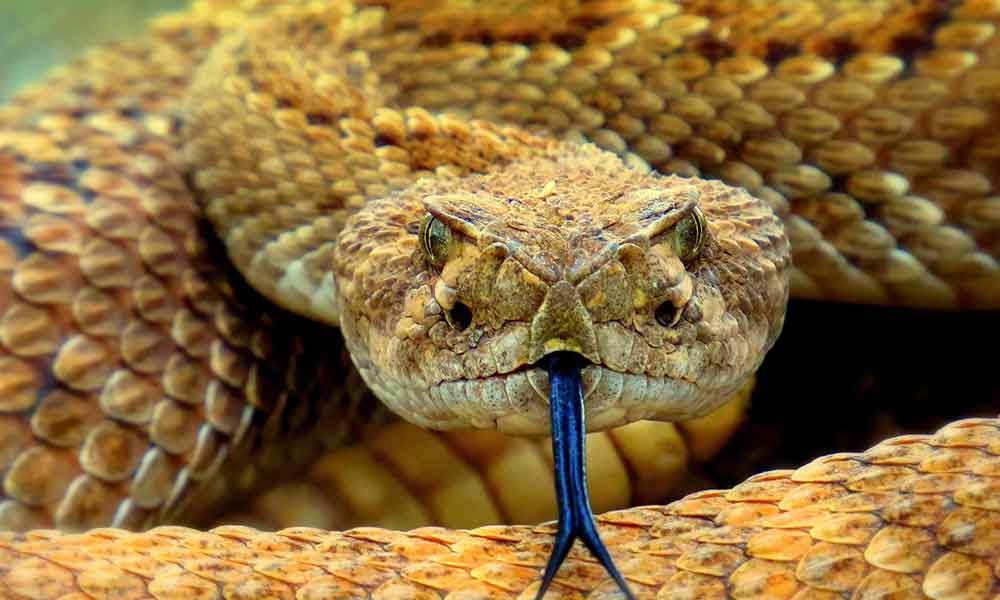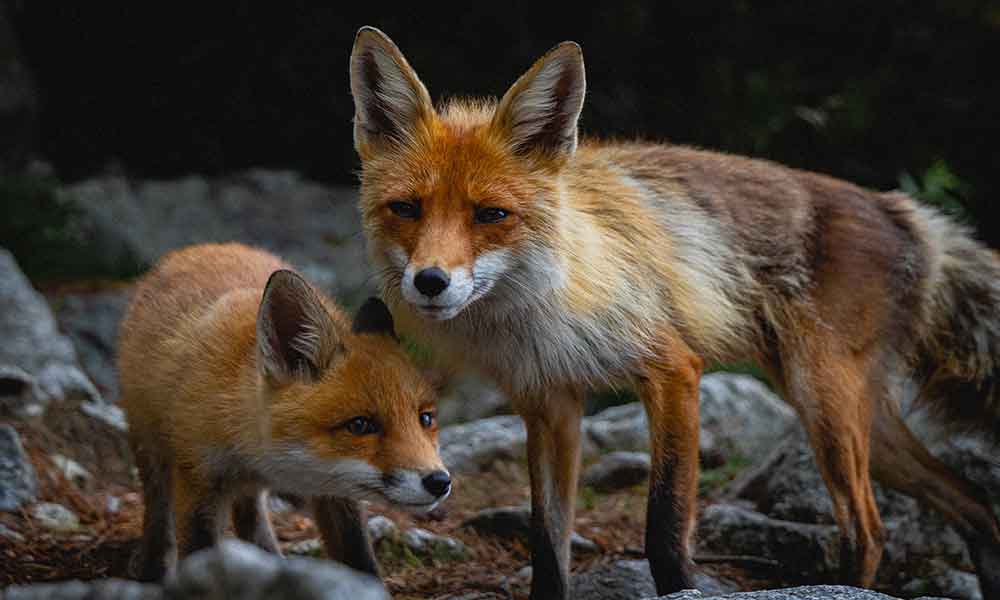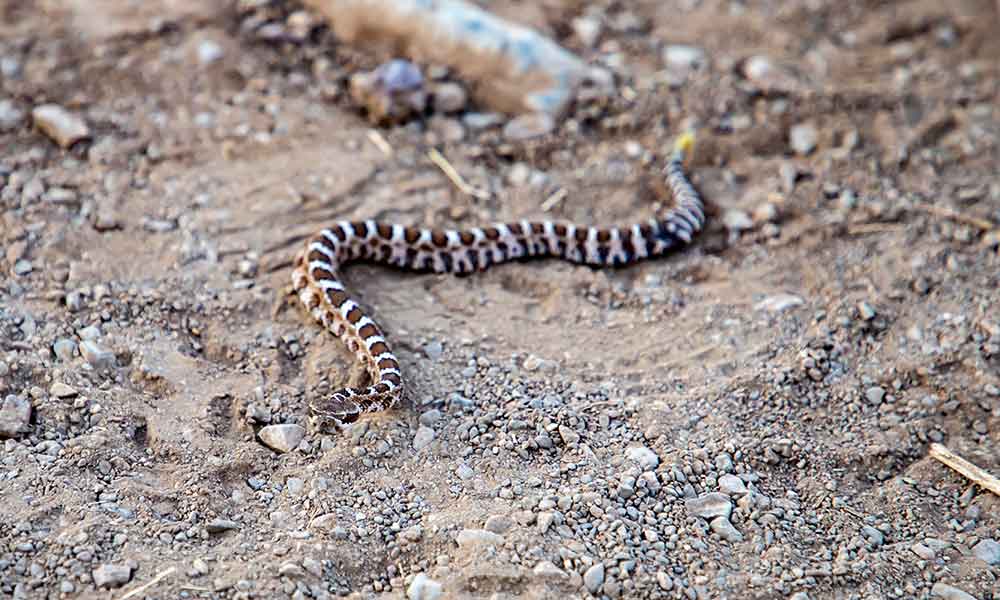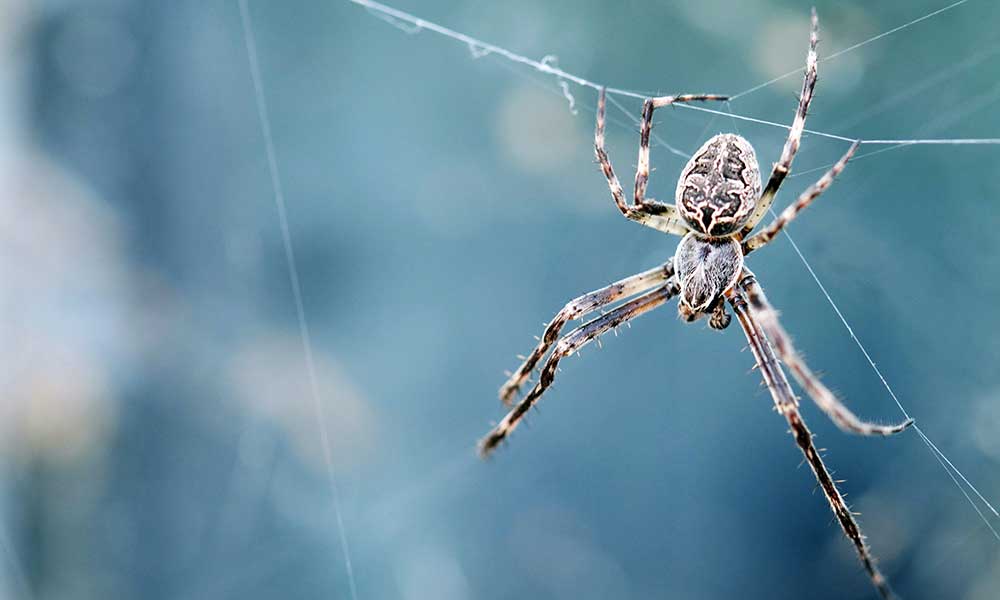The deepest oceans are some of the most unexplored places on earth. They’re vast and home to a cornucopia of weird and wonderful sea-life. These alien-like sea creatures have inspired sci-fi and fantasy writers for generations, and they have also influenced many of the great tales told by classical poets from the ancient Greek and Roman empires.
There is probably nothing as prehistoric as the Loch Ness Monster or as omnipotent as Cthulhu, but you might be surprised at just what lies inside the world’s deepest oceans.
The Weirdest Deep Sea Creatures
The closest you get to the ocean floor, the weirder the creatures get. It’s a vast world of animal species, and many of them are so utterly bizarre that you may be surprised to know you share a planet with them.
Terrible Claw Lobster
First discovered in 2007 off the coast of the Philippines, this is a scary-looking sea creature, but it’s also only an inch long excluding its “terrible” claws, so you don’t have too much to worry about.
Frilled Shark
Located in both the Pacific Ocean and the Atlantic Ocean, the Frilled Shark has been called a “living fossil”, as this bizarre-looking creature is known to have existed over 2.5 million years ago.
Gulper Eels
The Gulper Eel or Pelican Eel is a deep-sea eel that has a massive jaw capable of opening like a Pelican. Often caught by fishing trawlers, it’s one of the most bizarre sea critters in the world’s oceans.
Sea Cucumber
Sea Cucumbers are in the same family as sea urchins and have recently become very popular as an aphrodisiac. Dubbed “black gold” or “ocean ginseng”, these slug-like creatures have leathery skin and are said to have a very bland taste.
Ghost Shark
Although it sounds like a B-movie, Ghost Sharks are actually a type of fish that are closely related to rays and sharks. Known as Chimaeras, after the great mythical beast slain by Bellerophon in Greek Mythology, these creatures live up to 8,000 feet below the ocean’s surface.
Vampire Squid
The Vampire Squid lives between 2,000 and 3,000 feet below the ocean’s surface. It has a large red cloak and can shoot blue mucus, but it’s also very small, and that’s the only thing stopping it from invading your nightmares.
Blob Sculpin
The Blob Sculpin has a face made for memes. It constantly looks grumpy and has to be seen to be believed. The bottom feeder lives on the ocean floor and displays a few unique characteristics, including fanning its eggs to keep them free of detritus.
“Supergiant” Crustaceans
In 2011, researchers trawled the Kermadec Trench in New Zealand and found a series of “supergiant” amphipods (Alicella gigantea) that were up to 20 times larger than the crustaceans we know. The trench is one of the largest in the world and this discovery provides some insight into the many creatures that could be lurking in the deepest depths of the planet’s oceans.
What is the Weirdest Animal in the Deep Ocean?
The Anglerfish is one of the weirdest and most alien sea creatures you’ll ever come across. This freaky fish featured in Finding Nemo, and you’ll be shocked to discover that the real-life Anglerfish is even weirder and more alien-like than its cartoon cousin!
Are There Unknown Creatures in the Ocean?
It has been estimated that as many as two-thirds of sea creatures could be undiscovered. Many of these likely dwell near the bottom of the ocean, an area that is all-but unexplored. The ocean floor is likely littered with weird and wonderful sea monsters, along with countless shipwrecks and lost treasures.
What is the Rarest Sea Creature?
The title of the rarest sea creature would have to go to the Vaquita. They inhabit shallow waters, but they are very difficult to spot, helped in no small part by their endangered status. The name Vaquita means “little cow” in Spanish and these sea creatures are part of the porpoise family.

